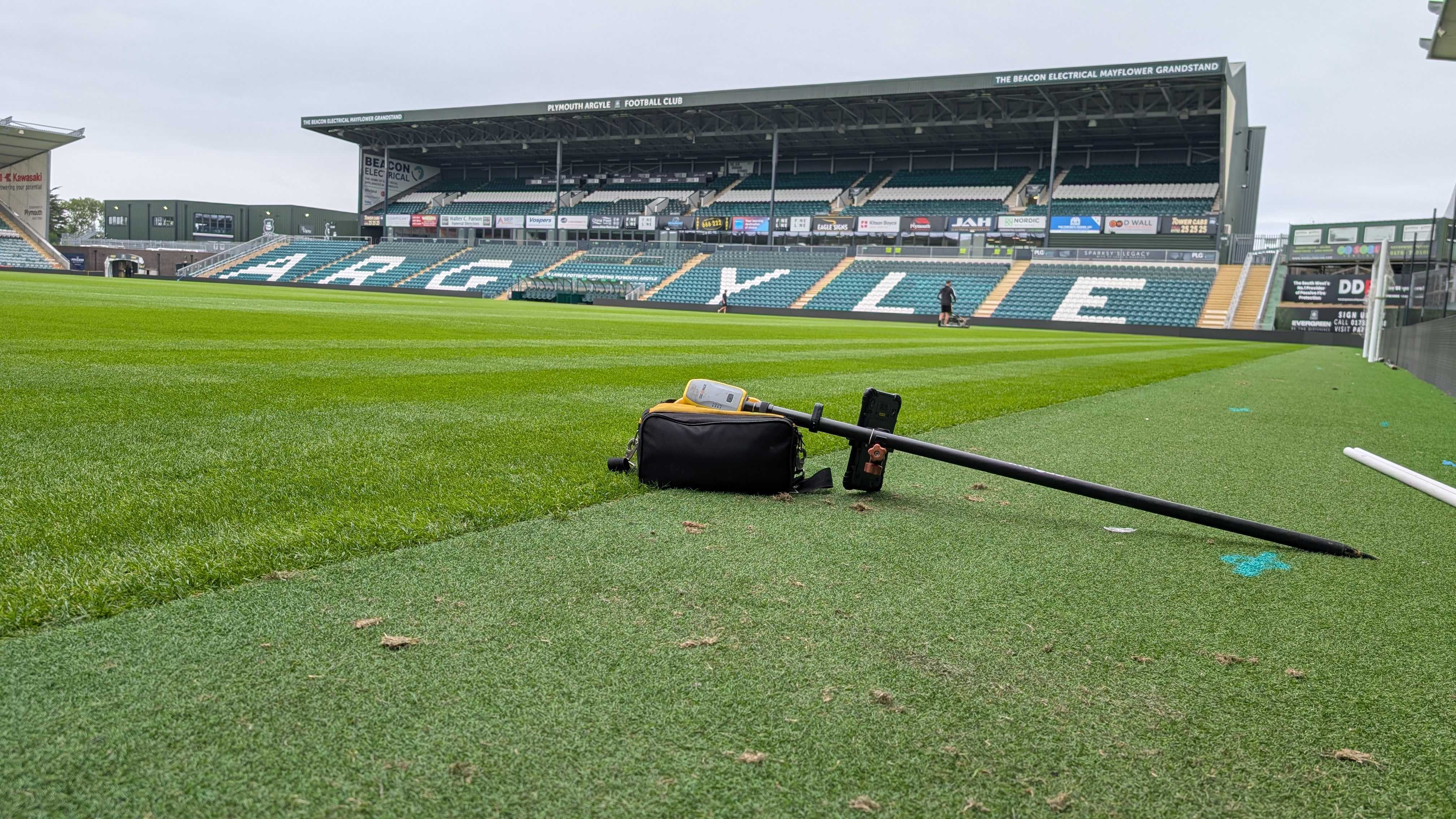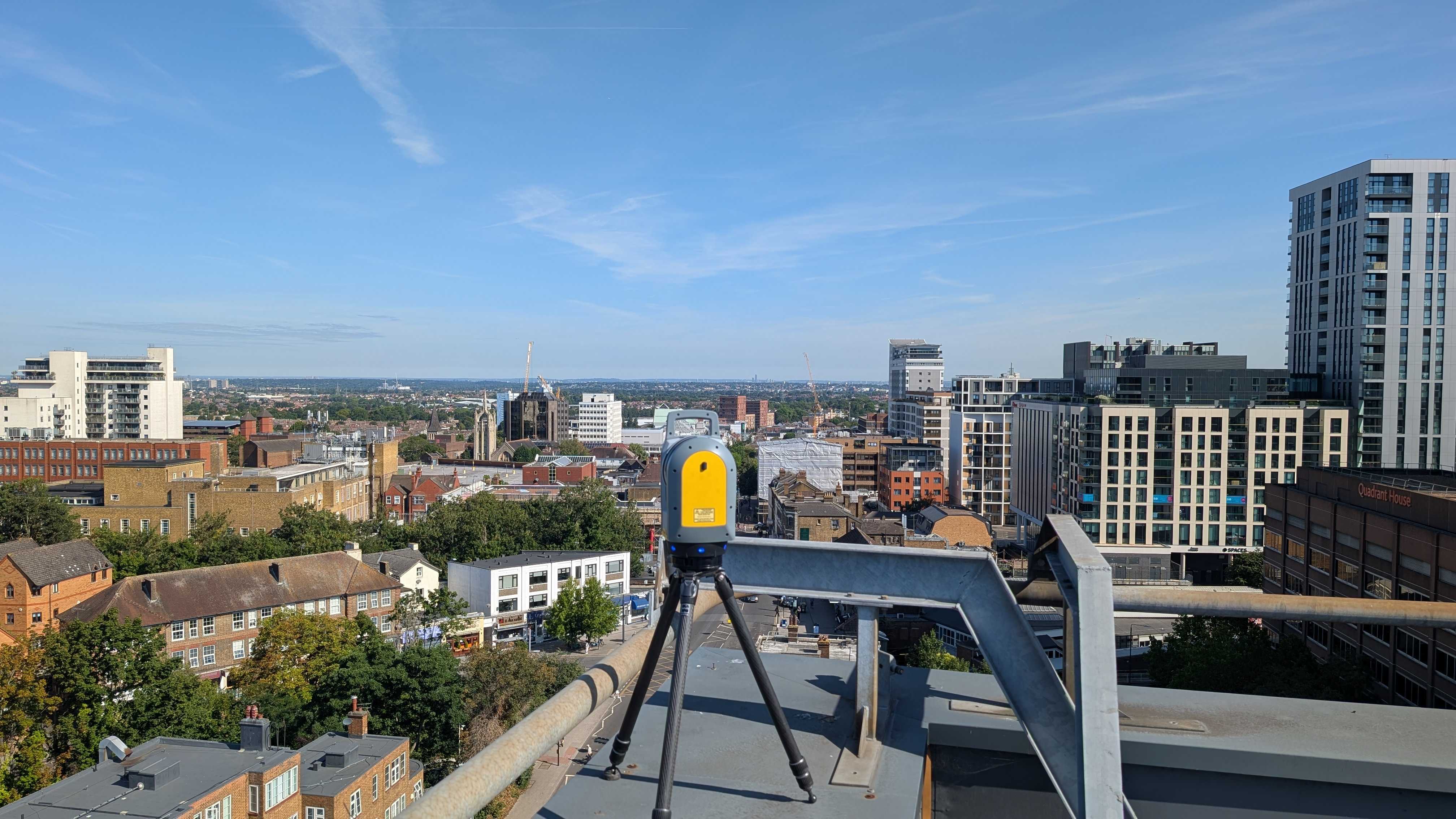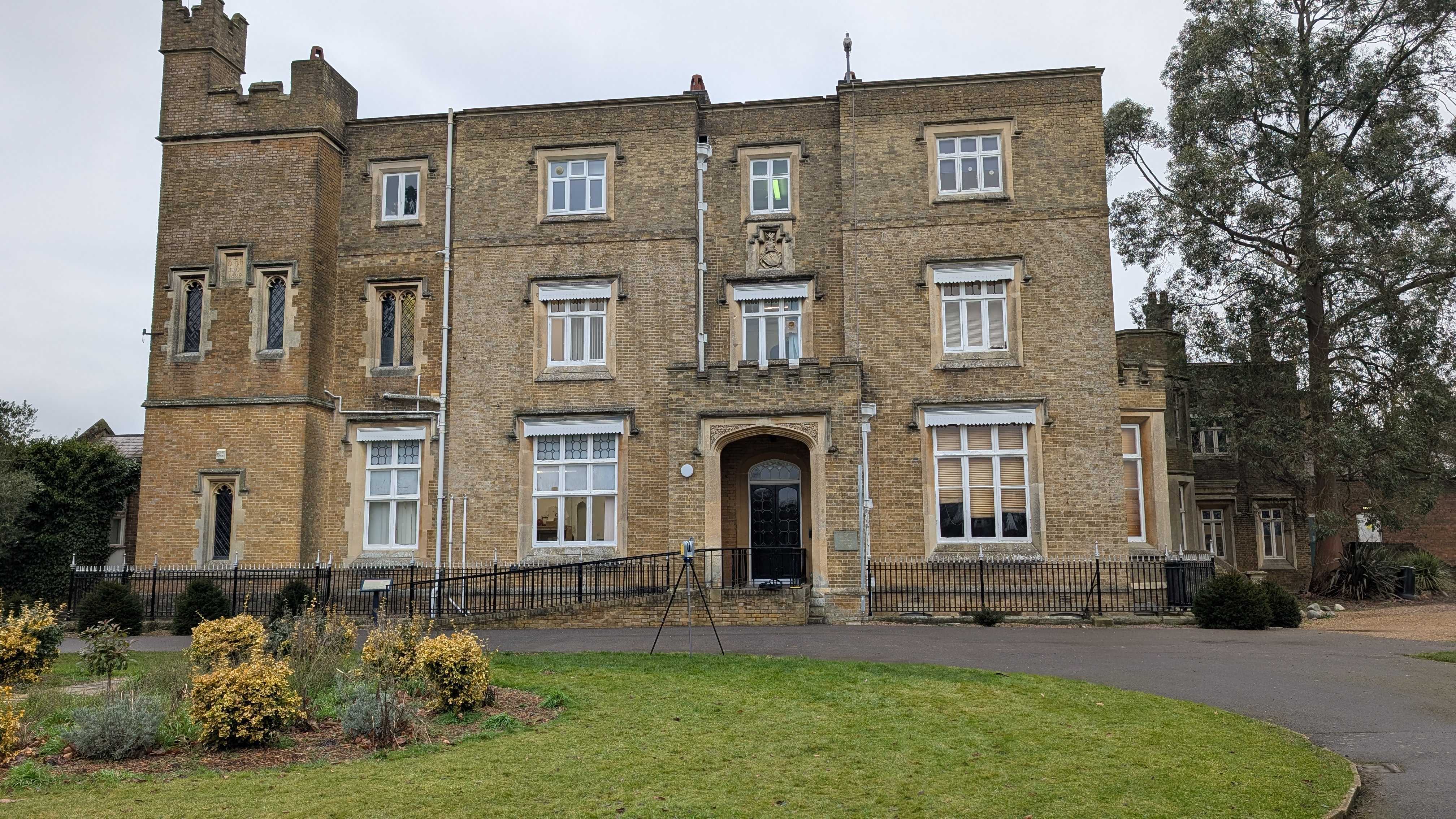When you’re planning a construction or development project, timing is everything—and delays in one area can have a knock-on effect on everything else.
On the surface, it might seem like a quick job: someone arrives with some equipment, takes a few measurements, and you're good to go. But in reality, survey timelines can vary widely depending on several key factors.
This blog names the most common reasons why some surveys take longer than others. From site complexity and accessibility to weather and approvals, we’ll explain what influences the duration of a survey—and why it’s important to factor this in early when scheduling your project.
1. The Nature and Type of Survey
Some surveys are relatively straightforward, while others require extensive planning, fieldwork, and data processing.
For example, a survey to define the edges of a property might be completed in a day if records are clear and the site is small.
In contrast, a topographic survey involves capturing detailed information about land features, elevations, and existing structures, which takes significantly more time—especially on larger or more varied terrain.
A measured building survey, used to create detailed floor plans or 3D models, can also be time-intensive depending on the building’s size and layout.
Then there are more technical surveys like GPR (Ground Penetrating Radar) surveys, which detect what lies below the surface. These require careful planning, setup, and interpretation of data to locate underground utilities or voids, making them naturally more complex and time-consuming.
2. Site Size and Complexity
The size and complexity of a site can have a significant impact on how long a survey takes. A small, open plot of land with minimal obstructions might only take a few hours to survey, while a large site with varied terrain, multiple structures, or dense vegetation can take several days—or longer.
Complexity isn’t just about square footage; it’s also about the number of features and obstacles present. For example, a sloped site with trees, walls, drainage systems, and existing buildings requires more measurements and careful navigation. In urban areas, surveyors may need to account for tight spaces, overlapping infrastructure, or high pedestrian traffic, which slows the process.
Sites that contain underground services or need to be surveyed across multiple levels—like multi-storey buildings, industrial estates, or heritage sites—add another layer of intricacy. Each detail that must be captured accurately increases the surveyor’s workload in both fieldwork and post-processing.
In essence, the more detailed and varied the environment, the longer it takes to collect and interpret the data.
3. Accessibility and Location Challenges
Where your site is—and how easy it is to access—can have a big impact on survey timelines.
For example, a remote or rural site might require additional travel time, specialised vehicles, or even permissions to cross private land. Urban sites, on the other hand, can pose challenges like limited parking, restricted working hours, or heavy foot and vehicle traffic, all of which slow things down.
Accessibility issues can extend to physical features too. Steep terrain, dense vegetation, or waterlogged ground can all make it difficult for surveyors to move around the site and set up equipment effectively. In some cases, equipment like drones or elevated platforms might be needed to safely and accurately collect data—adding time and complexity.
Being aware of these potential obstacles in advance allows for better planning and coordination, helping you set more realistic expectations about how long the survey will take and when it can be completed.
4. Weather and Environmental Conditions
In surveying, the weather can make or break a workday. Rain, fog, strong winds, and even extreme heat can all delay survey work—especially when it involves outdoor data collection.
- Heavy rain or standing water can obscure ground features and affect visibility, making it difficult to get accurate readings.
- Fog and low light levels can interfere with optical instruments and total stations, while wind can throw off drone stability during aerial surveys.
- Snow or ice can cover up key ground features and introduce significant measurement errors.
Environmental conditions also go beyond the weather. Seasonal factors like leaf cover on trees or vegetation growth can impact visibility and access. Wildlife considerations or protected habitats may also restrict the times or methods surveyors are allowed to use.
5. Permits and Approvals
Sometimes, the biggest delay in a survey isn’t the site itself—it’s the paperwork. Certain surveys, especially those involving public spaces, roads, historic buildings, or environmentally protected areas, may require permissions or permits before work can even begin.
For example, if a surveyor needs to work on a busy footpath or roadway, local authorities might need to approve a traffic management plan or issue a road closure notice. This process can take days or even weeks, depending on the location and urgency.
Surveys on heritage sites or in conservation areas may also involve stricter regulations. Approvals might be needed from heritage bodies or local councils to ensure the work doesn’t disturb protected features.
Utility surveys that require coordination with service providers—like gas, electricity, or telecommunications—can also face scheduling bottlenecks, especially if underground asset maps or on-site attendance is needed.
Contact Us To Get Your Survey Quoted Correctly
No two surveys are exactly alike—and understanding the factors that influence how long a survey takes can help you plan your project more effectively.
From the type of survey you need and the complexity of the site, to weather conditions and permits, each variable plays a role in shaping the timeline.
By being aware of these elements upfront, you can work with your surveyor to build a realistic schedule, avoid costly delays, and keep your project moving forward without surprises.
If you're planning a project and want a clearer idea of how long a survey might take, Intersect Surveys are here to help.
Get in touch with our team to talk through your site, your needs, and your timeline—we’ll give you honest guidance and a tailored quote to match. Contact us here or give us a call today.
FAQs
1. Why can’t you give a fixed time estimate for all surveys?
Survey timelines depend on several factors—like site size, complexity, location, and the type of survey required. What takes half a day on one site could take several days on another, so we assess each project individually to provide an accurate timeframe.
2. What if the weather is bad on the day of my survey?
Adverse weather—like heavy rain, fog, or strong winds—can delay data collection or affect accuracy. If conditions aren’t safe or suitable, we may need to reschedule to ensure the results are reliable.
3. Can I do anything to help the survey go faster?
Yes—ensuring clear access to the site, providing existing documentation, and informing us of any known underground services or hazards can help streamline the process and avoid unexpected delays.








